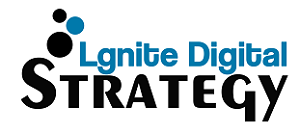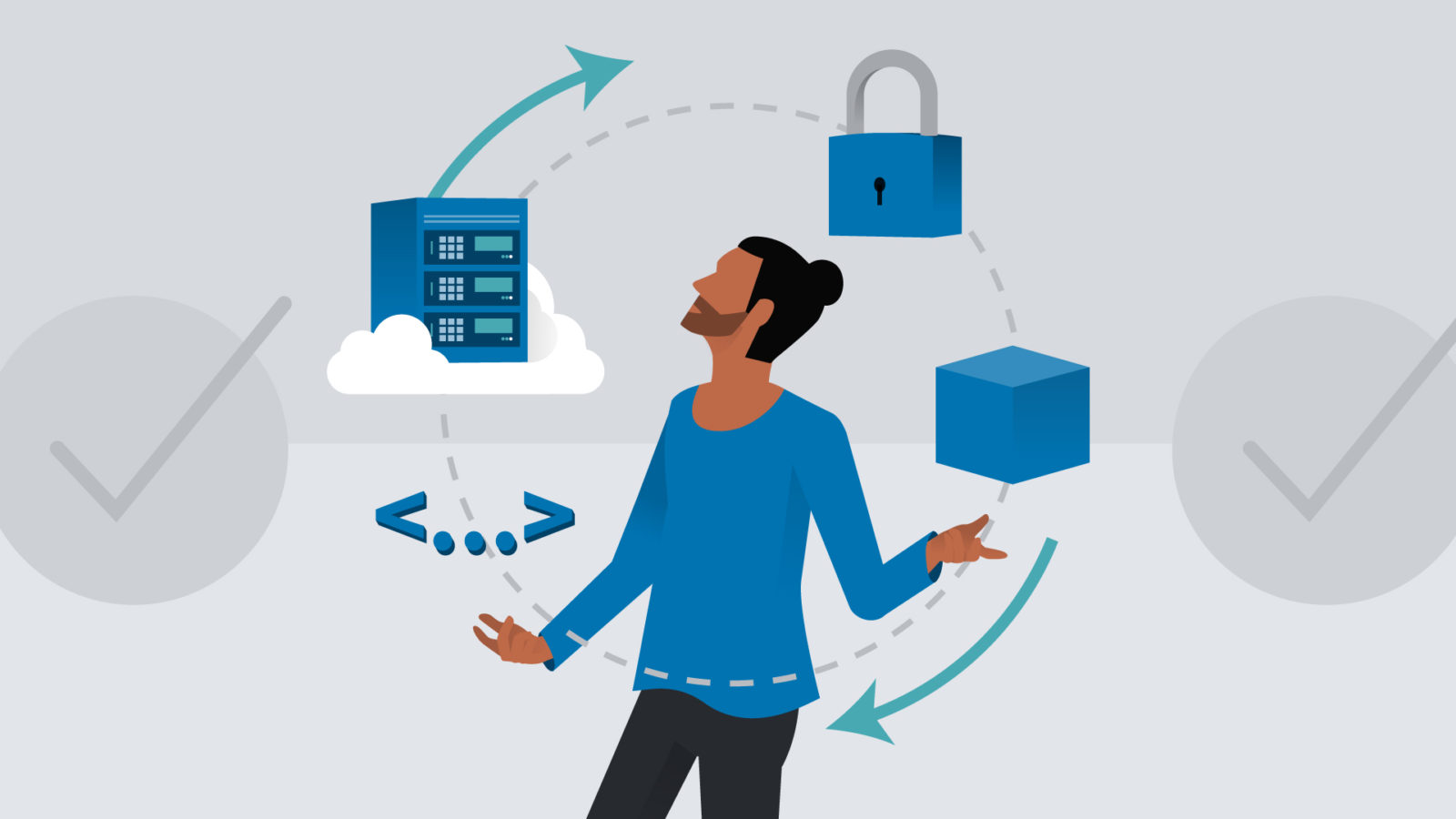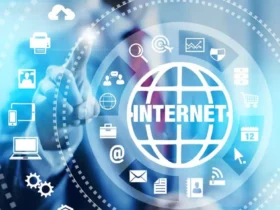The Internet of Things (IoT) has revolutionized the way we interact with technology, enabling seamless connectivity between devices, sensors, and the cloud. As the number of IoT devices continues to grow, ensuring the security of these interconnected systems becomes paramount. Microsoft Azure IoT Hub offers robust security features, including authentication, authorization, and encryption, to protect sensitive data and maintain the integrity of IoT ecosystems. In this blog, we will explore how Azure IoT Hub enhances IoT security and safeguards against potential threats.
Authentication in Azure IoT Hub
Authentication is a fundamental aspect of IoT security, as it verifies the identity of devices and users before granting access to resources. Azure IoT Hub provides multiple authentication methods to cater to different use cases. One such method is the use of Shared Access Signatures (SAS), which allow devices to securely connect to the IoT Hub by generating tokens that grant temporary access. SAS tokens can be generated with fine-grained permissions, limiting access to specific IoT Hub resources.
Another authentication method Azure IoT Hub supports is using X.509 certificates. This method leverages the power of digital certificates to authenticate devices based on cryptographic keys. X.509 certificates provide a higher level of security and are ideal for scenarios where device identity verification is critical.
Azure IoT Hub also offers the Device Provisioning Service (DPS), which simplifies the management and onboarding of large-scale device fleets. DPS enables zero-touch provisioning by securely enrolling devices into the IoT Hub, ensuring that only authorized devices can connect and communicate.
Authorization in Azure IoT Hub
Authorization determines what actions and resources a device or user can access within an IoT system. Azure IoT Hub provides a robust Role-Based Access Control (RBAC) system to enforce authorization policies effectively. RBAC allows the assignment of predefined roles with specific permissions or creating custom roles with fine-grained access control.
Predefined roles, such as “Contributor” and “Reader,” enable different levels of access to IoT Hub resources. Contributors can perform actions like sending messages, creating devices, and managing configurations, while Readers have read-only access to the IoT Hub data.
For more granular control, Azure IoT Hub enables the creation of custom roles. Custom roles can be tailored to meet specific business requirements, granting or restricting access to individual operations, such as device management or telemetry data access. This fine-grained authorization helps organizations maintain a secure IoT infrastructure while adhering to their unique access control policies.
Encryption in Azure IoT Hub
Encryption plays a vital role in ensuring the confidentiality and integrity of data transmitted between devices and the IoT Hub. Azure IoT Hub incorporates various encryption mechanisms to protect sensitive information.
Transport Layer Security (TLS) is the primary encryption protocol used to secure communications between devices and Azure IoT Hub. TLS ensures that data is transmitted securely over the network by encrypting it during transit, preventing unauthorized access or tampering.
Azure IoT Hub also supports device-to-cloud message encryption. This feature allows devices to encrypt data before sending it to the IoT Hub, ensuring that even if the data is intercepted, it remains unreadable without the decryption key. This added layer of encryption guarantees the confidentiality of sensitive data.
Furthermore, Azure IoT Hub provides cloud-to-device message encryption, where messages from the IoT Hub to devices are encrypted, protecting them during transmission. This prevents unauthorized access to critical commands or instructions sent from the cloud to the devices.
Conclusion
Securing IoT systems is of utmost importance to protect sensitive data, maintain the integrity of operations, and build trust with end-users. Microsoft Azure IoT Hub offers a comprehensive suite of security features, including authentication, authorization, and encryption, to address the evolving security challenges in the IoT landscape.
By leveraging Azure IoT Hub, organizations can ensure their IoT deployments’ secure and reliable operation. Authentication methods such as Shared Access Signatures, X.509 certificates, and the Device Provisioning Service enable the verification of device identities and establishing trusted connections. This ensures that only authorized devices can access the IoT Hub, mitigating the risk of unauthorized access and potential attacks.
Azure IoT Hub’s Role-Based Access Control (RBAC) system provides flexible and scalable authorization capabilities. Organizations can assign predefined roles with specific permissions or create custom roles tailored to their specific needs. This empowers them to control access to IoT Hub resources, limit privileges, and enforce the principle of least privilege.
Azure IoT Hub utilizes Transport Layer Security (TLS), a widely adopted encryption protocol to safeguard data in transit. TLS encrypts data during transmission, protecting it from eavesdropping and unauthorized interception. This ensures that sensitive information remains confidential and tamper-proof while being transmitted between devices and the IoT Hub.
Moreover, Azure IoT Hub supports the widely used MQTT (Message Queuing Telemetry Transport) protocol and provides device-to-cloud and cloud-to-device message encryption for effective and dependable communication between IoT devices and the cloud. Device-to-cloud encryption allows devices to encrypt data before sending it to the IoT Hub, ensuring end-to-end confidentiality. Cloud-to-device message encryption protects critical commands or instructions sent from the cloud to the devices, preventing unauthorized access and tampering.
By employing these robust security measures, Azure IoT Hub helps organizations address the unique challenges posed by IoT deployments. It enhances data privacy, protects against unauthorized access, and ensures the integrity and authenticity of IoT communications.
In conclusion, securing IoT Hub deployments is vital to protect sensitive data and maintain end-users’ trust. Microsoft Azure IoT Hub provides a comprehensive suite of security features, including authentication, authorization, and encryption. By leveraging Azure IoT Hub, organizations can build secure and resilient IoT ecosystems, mitigating risks and enabling the full potential of IoT technologies.
FAQs
Q. What is MQTT and how does it relate to Azure IoT Hub?
MQTT (Message Queuing Telemetry Transport) is a lightweight messaging protocol widely used in IoT applications. Azure IoT Hub supports MQTT as one of the communication protocols for devices to connect and exchange messages with the IoT Hub, ensuring seamless interoperability in IoT ecosystems.
Q. Can I use Azure IoT Hub with other cloud platforms?
While Azure IoT Hub is a service within the Microsoft Azure ecosystem, it provides interoperability with other cloud platforms. It supports open standards such as MQTT and HTTP, allowing devices and applications from various platforms to communicate with Azure IoT Hub.
Q. What security measures does Azure IoT Hub provide for data privacy?
Azure IoT Hub offers authentication, authorization, and encryption mechanisms to ensure data privacy. It verifies the identity of devices and users, controls access to resources based on roles and permissions, and encrypts data in transit between devices and the IoT Hub.
Q. How does Azure IoT Hub handle device authentication and authorization?
Azure IoT Hub provides multiple authentication methods, including Shared Access Signatures (SAS), X.509 certificates, and the Device Provisioning Service (DPS). It also employs Role-Based Access Control (RBAC) for authorization, allowing organizations to define access control policies for their IoT deployments.
Q. Can Azure IoT Hub integrate with existing IoT devices and solutions?
Yes, Azure IoT Hub offers extensive support for device connectivity and integration. It provides SDKs (Software Development Kits) for various programming languages and platforms, allowing seamless integration with existing IoT devices, gateways, and solutions.








